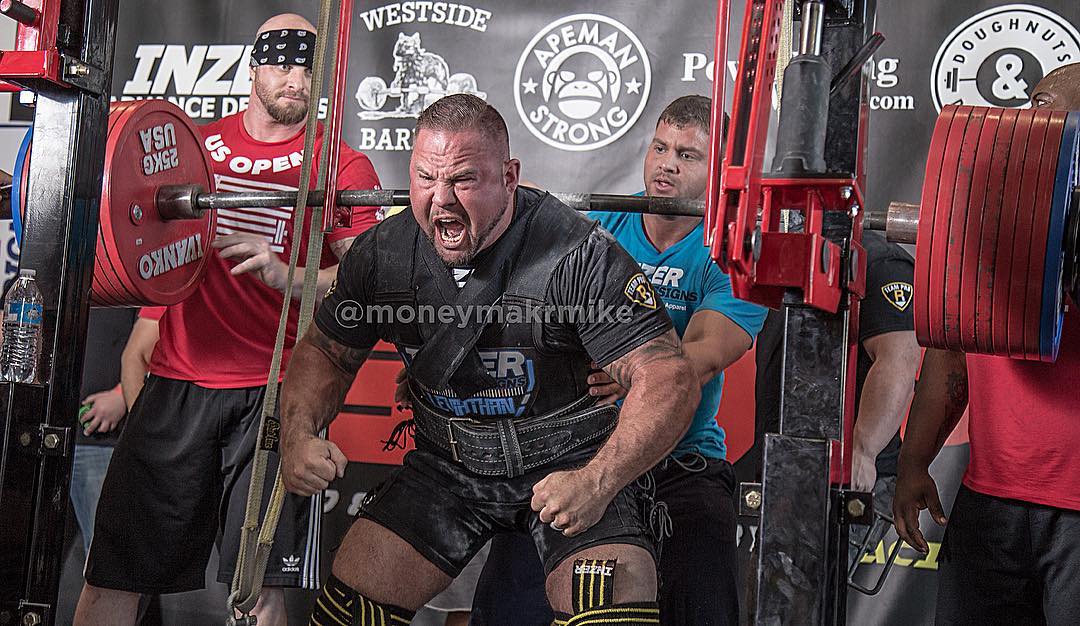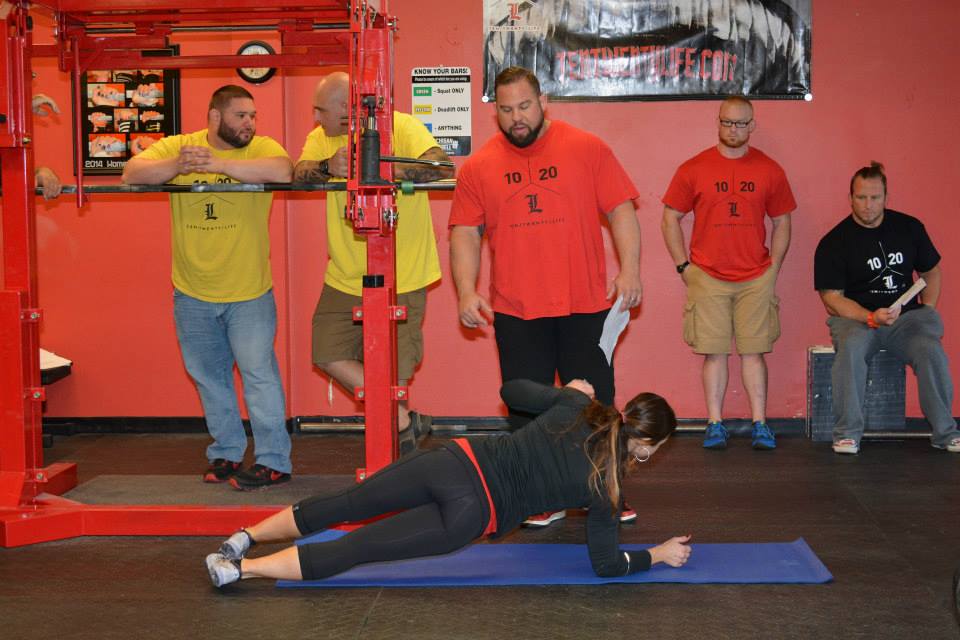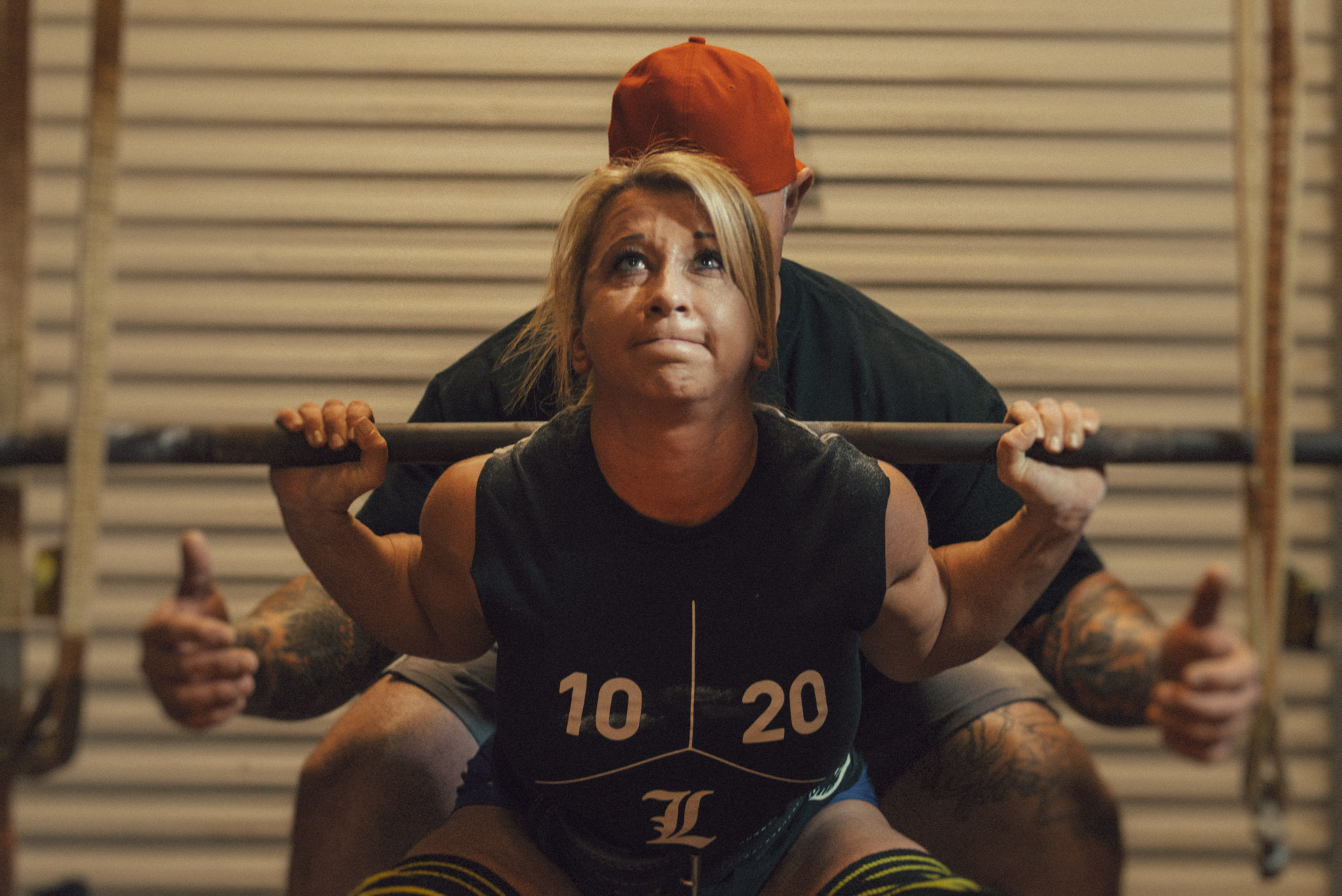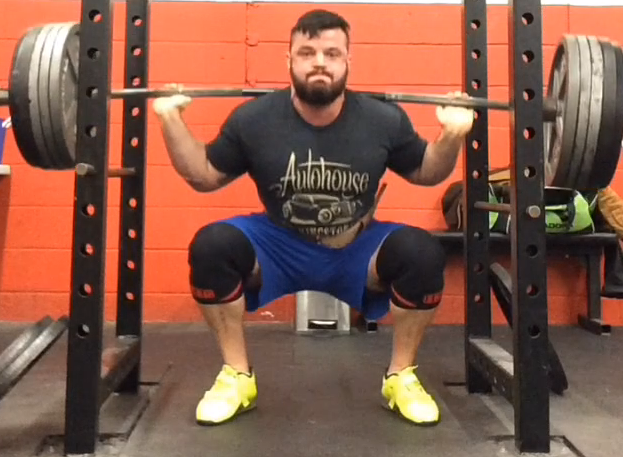
09 May Three Things You Need For A Big Squat
By: Daniel Dalenberg
The squat, the first lift of the meet, the lift that is going to set the tone for the day and start to build your total. The squat is often considered one of the best muscle building exercises you can do since it taxes so much of the lower body. There are a lot of areas to work on to build a big squat. Hopefully I can help shed some light on how to build a few of those areas.

What you need: A strong, stiff core
Why you need it: A stiff and strong core will allow you to more efficiently stay in a powerful position. Being able to maintain a strong arch and stay upright will both protect your spine and allow for a more effective transfer of power through to the barbell. You wouldn’t push a heavy load with a limp noodle, it wouldn’t work. You want a steel rod- something that is able to transfer power to the load.
How you get it: There are a wide variety of ways to train the core. Remember, the core isn’t just the abdominals. When I think core, I think of the entire mid-section; the entire trunk of the body. In the squat, the core is meant to stay static, stay stiff. Therefore, I prefer to train the core in static positions using a variety of different planks. Lately the “stir the pot” movement has been one of my favorites and a good challenge. Using an exercise ball, get into a plank position with your elbows/forearms supported by the ball. The stir, imagine stirring a large pot and make circles of all shapes. This will work you much harder than you might think.

What you need: Full body tightness under the bar
Why you need it: This is a more general look at the stiff core really. The reasoning is the same, as soon as you get out of position under a big load, the lift is probably going south. Some will be strong enough to recover but almost always losing position means losing the lift. Staying tight under the bar will go a long way to preventing this.
How you get it: Elbows pulled down, lats pulled back, neck packed with a slight upward gaze and a belly full of air. You should be pushing out against the belt with your belly as hard as you can. Your lats should be pulled back and down, creating both a strong arched position as well as a shelf that the bar will rest on. The elbows should be pulled under the bar and you should look up slightly. Being under a squat bar should be very uncomfortable as this position is very tight.
What you need: A stance that suits you
Why you need it: Powerlifting is a game of inches and efficiency. Picking the right stance that fits your body and build will allow you to be more efficient and capitalize on your personal leverages while reducing the distance that the bar has to travel.
How you get it: This is kind of a guessing game. Of course you can see how long your femurs and how tall you are, but this doesn’t tell you how your hips are structured and exactly how you will be the strongest. My recommendation would be to start somewhere in the middle, with a slightly wider than shoulder width stance and work from there. Make small changes and find what feels the most natural and the most powerful. Once you find this position, be consistent! One bad training session doesn’t mean you need to change it. Be consistent with your positioning and only make small changes, one at a time, as needed.
Another worthwhile thing to do would be to look for lifters that are built like you are and observe how they squat. Their stance might be close to what you need. A good example of this would be Brian and I. We both have very short legs and short femurs. As a result his stance is more moderate than a lot of other equipped squatters. My stance is narrow by most standards for the same reason. Unsurprisingly, two similarly built lifters both squat narrower than many do.
Squat Big
The squat is a fairly complicated lift that will take some time to master. Implementing these three key items will go a long way to improving technique, preventing injury and moving bigger weights both in the gym and on the platform.
Get The 10/20/Life Ebook HERE!
Daniel Dalenberg
Latest posts by Daniel Dalenberg (see all)
- A Binge for the Record Books - August 20, 2018
- Training on the Go - July 6, 2018
- Dan Dalenberg | Deload and 5k week! - June 18, 2018






Sorry, the comment form is closed at this time.